
Striped Legless Lizard
Delma impar
Perameles gunnii
In Victoria, almost all habitat suitable for Eastern Barred Bandicoots has been lost to grazing and agriculture. Further threats are posed by introduced predators – cats and foxes – that kill high numbers of bandicoots. The Victorian population of 150–200 animals only survives thanks to reintroductions and protective fences, but ongoing drought will significantly reduce the reproductive rate. This species is doing slightly better in Tasmania.
Eastern Barred Bandicoots
Eastern Barred Bandicoots were originally broadly distributed across western Victoria and Tasmania. In Victoria, they are now restricted to the Hamilton area.
Eastern Barred Bandicoots are compact marsupials with long snouts and ears. Their brown and grey coats are marked with three or four off-white bands and they have whitish bellies and feet. They live a nocturnal, solitary life in grasslands that have dense tussocks and low scrub for shelter.
At night, Eastern Barred Bandicoots emerge from their nests to forage for food. They use their clawed front feet to dig up invertebrates such as beetle grubs and earthworms from the soil. They use their excellent sense of smell to locate food and also scavenge fallen fruit, fungi and even cat food.
Eastern Barred Bandicoots can reproduce very quickly. They can breed all year round, but breeding slows in summer and stops altogether during drought when food is scarce. Females give birth to three tiny young, which remain in their rear-opening pouches for eight or nine weeks and in the nest for a further two weeks before becoming independent. If conditions are good, a single female Eastern Barred Bandicoot can produce 16 young in a year. Young bandicoots suffer high mortality for reasons unknown, but potentially live for two or three years.
Victorian captive breeding programs have been run since the 1980s. In Tasmania, Eastern Barred Bandicoots are faring much better than in Victoria, mostly due to the absence of foxes.

Delma impar
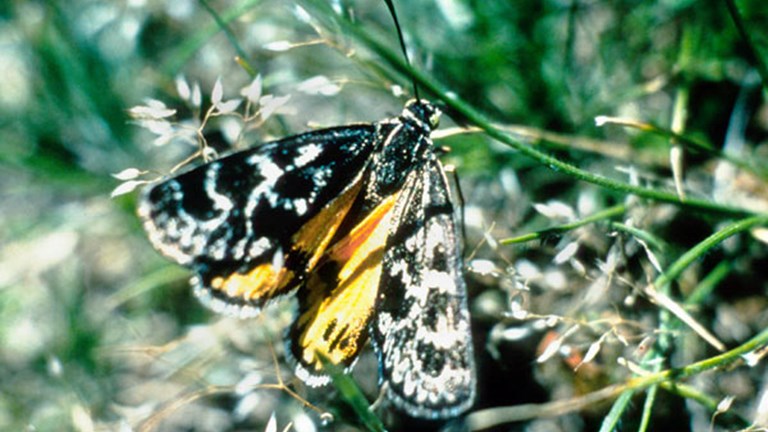
Synemon plana

Pedionomus torquatus
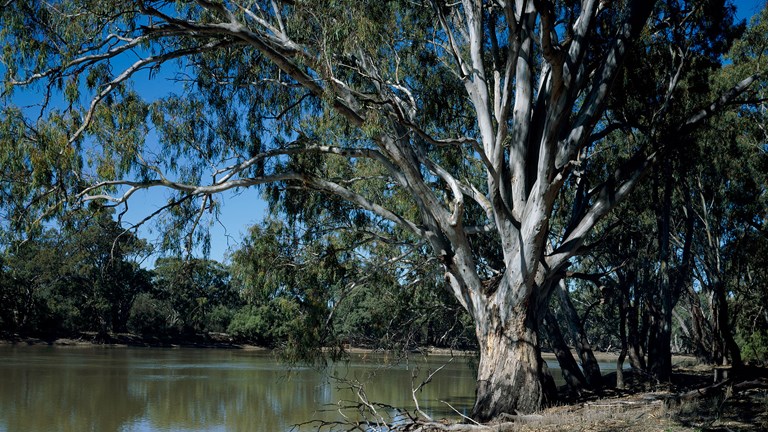
There are many types of dry forests in Victoria including stringybark, red gum, grassy woodlands and the remnants of the once great box–ironbark forests.
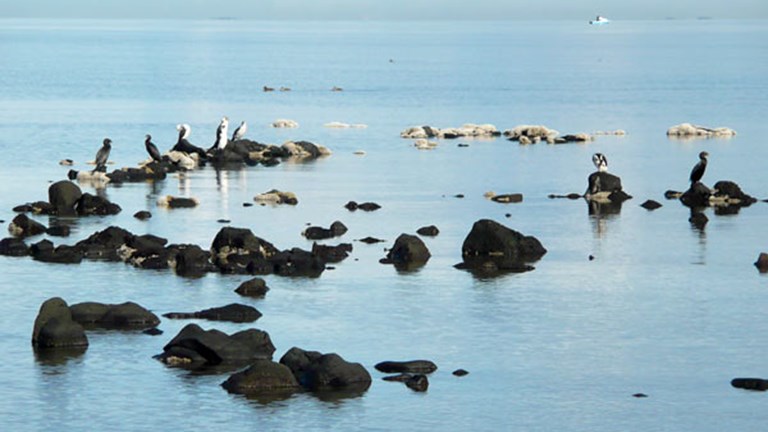
Victoria’s coastal wetlands are significant places for wildlife, with many listed in international conventions to protect the habitat of migratory birds.
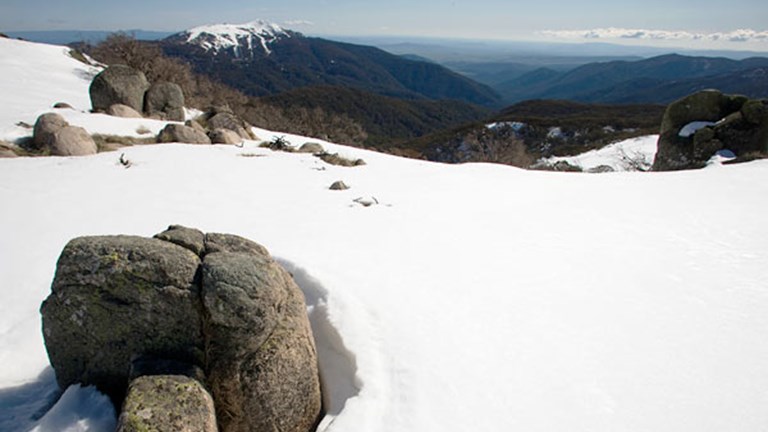
The Victorian Alps extend from the plateaus of Lake Mountain and Mt Baw Baw to peaks such as Mt Feathertop and the headwaters of the Murray River.
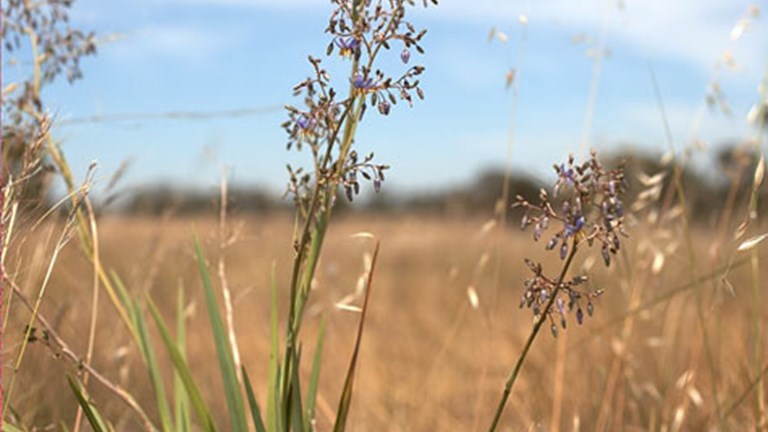
When the first Europeans arrived in Victoria there were grasslands on the vast, undulating western plains, on the northern plains and in Gippsland.
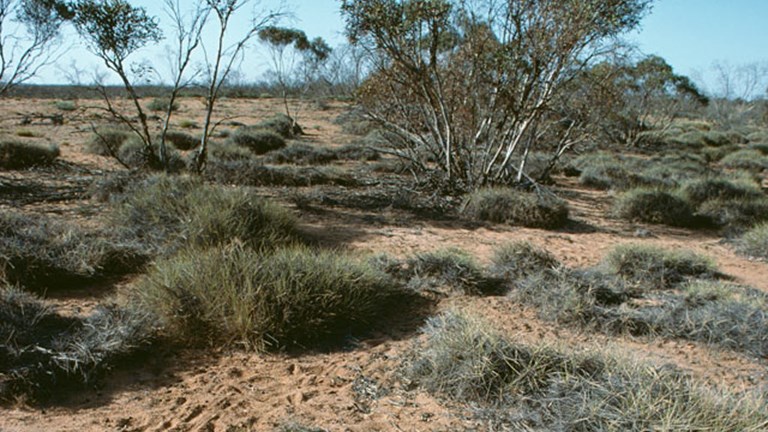
The Victorian Mallee in the north-western corner of the state has a mosaic of vegetation types adapted to low rainfall and sandy soils.
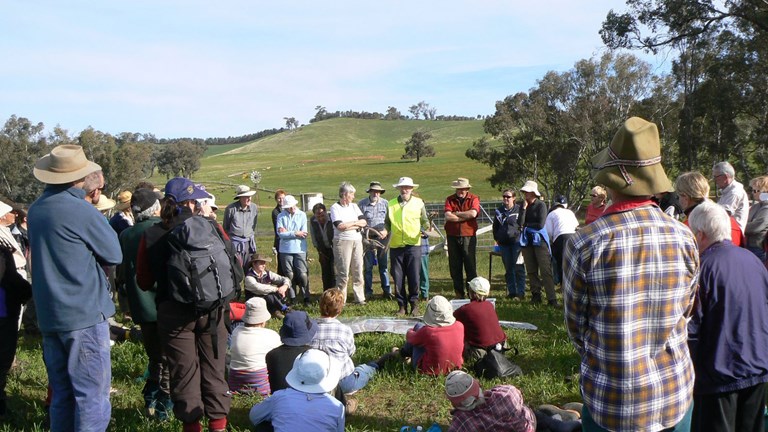
Find out about the issues affecting our special places and the plants and animals that live in them, and discover some ways you can help.
We are making improvements to our website and would love to hear from you about your experience. Our survey takes around 10 minutes and you can enter the draw to win a $100 gift voucher at our online store!
Museums Victoria acknowledges the Wurundjeri Woi Wurrung and Boon Wurrung Bunurong peoples of the eastern Kulin Nations where we work, and First Peoples across Victoria and Australia.
First Peoples are advised that this site may contain voices, images, and names of people now passed and content of cultural significance.